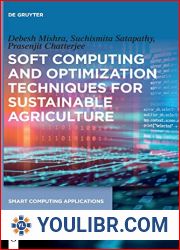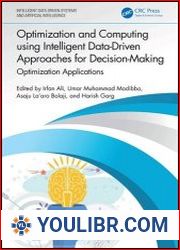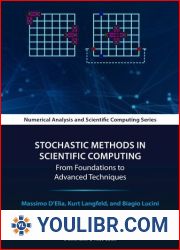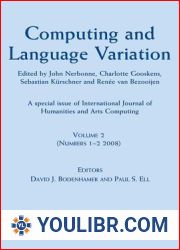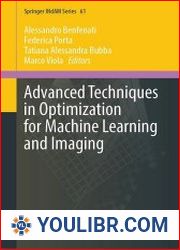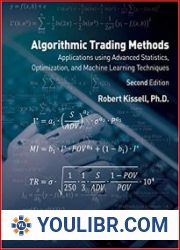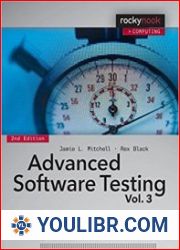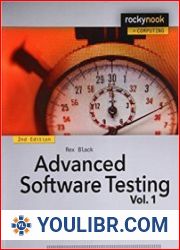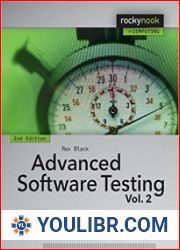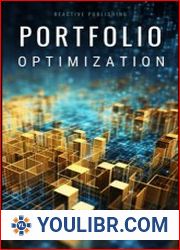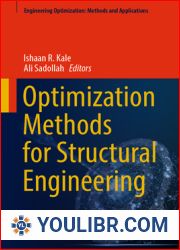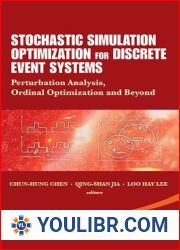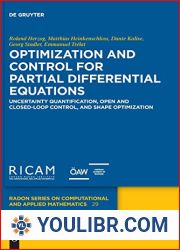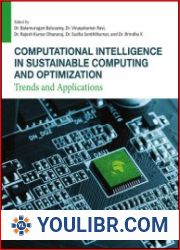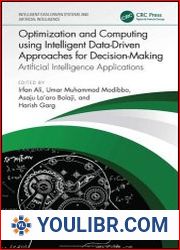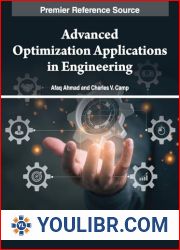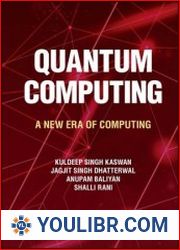
BOOKS - Advanced Computing Techniques for Optimization in Cloud


US $8.59

81070

81070
Advanced Computing Techniques for Optimization in Cloud
Author: H S Madhusudhan, Punit Gupta, Pradeep Singh Rawat
Year: 2025
Number of pages: 263
Format: PDF
File size: 22.1 MB
Language: ENG
Year: 2025
Number of pages: 263
Format: PDF
File size: 22.1 MB
Language: ENG
This book focuses on the current trends in research and analysis of virtual machine placement in a cloud data center. It discusses the integration of Machine Learning models and metaheuristic approaches for placement techniques. Taking into consideration the challenges of energy-efficient resource management in cloud data centers, it emphasizes upon computing resources being suitably utilised to serve application workloads in order to reduce energy utilisation, while maintaining apt performance. This book provides information on fault-tolerant mechanisms in the cloud and provides an outlook on task scheduling techniques. Nature-inspired algorithms offer versatile solutions to key challenges in cloud computing. Workload prediction and optimization benefit from algorithms like genetic algorithms (GAs), particle swarm optimization, and ant colony optimization, which replicate natural selection, swarm behavior, and collective intelligence. These algorithms analyze historical patterns and forecast future demand shifts, enabling resource allocation adjustments that prevent inefficiencies. They also contribute to fair multi-tenant environments by drawing on predator–prey dynamics to distribute resources equitably. Cost optimization thrives through algorithms like simulated annealing, mirroring cooling metal’s energy reduction process to finely balance performance and cost. These algorithms also fortify security and compliance, with immune system-inspired mechanisms enhancing resource isolation and data protection. Kubernetes, an open-source container orchestration platform, serves as a prime example of achieving interoperability between different cloud platforms. Kubernetes’ standardized APIs and portable manifest files, describing application configurations, enable effortless migration. The platform’s inherent load balancing, scaling, and auto-recovery capabilities ensure consistent behavior, regardless of the underlying cloud infrastructure. The text is for postgraduate students, professionals, and academic researchers working in the fields of Computer Science and information technology.







